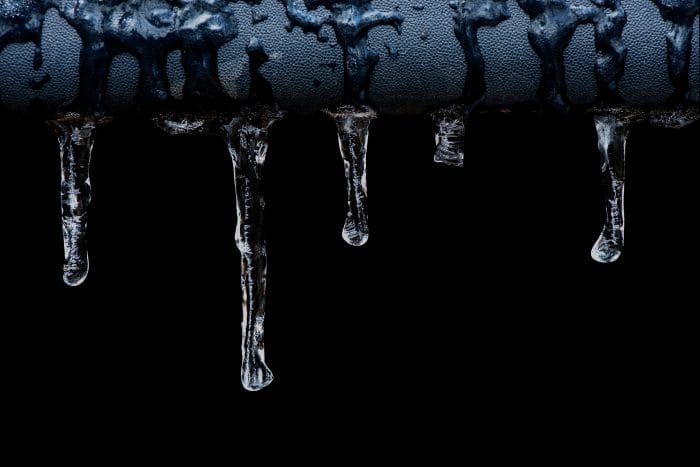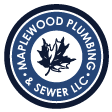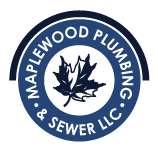
A quarter of a million homes suffer frozen pipes—leading to rupture and thousands of dollars in damages—each winter.
How do pipes freeze?
Pipes in unheated parts of your home (attics and crawlspaces) and those exposed to the outdoors, or along outside walls, can freeze under the right circumstances. When frozen, the water in your pipes will expand, pushing outward on the pipe walls until they burst. The force is enough to shatter a plastic pipe, or cause a split in a metal pipe. The damages that can result include ruined flooring and furniture, destroyed family keepsakes, and shorted electrical appliances (including the furnace).
It’s far easier, and less expensive, to take steps that help to prevent pipes from freezing than to fix the damage they can cause.
How can I protect my pipes from freezing?
Follow this checklist to help prevent frozen pipes.
- Disconnect hoses from all outside hose faucets
- If your hose faucets have inside shutoff valves, turn them off for the season. Then, open the hose outside so it can drain down and evacuate.
- Many older St. Louis homes have plumbing that’s located in a crawl space, overhang or porch. If yours is one of them, make sure the exterior surfaces are well sealed. If there are access hatches, make sure they are closed. If there are holes that allow a lot of air to blow through, consider sealing them with insulation of a similar material.
- If you have plumbing that is prone to freezing, run the water slowly at those fixtures; moving water is less likely to freeze. Safely introduce more heat to those areas. Caution: Open flames are dangerous! Heat tape and insulation are great solutions for problem areas. You don’t have to keep things super warm, just above 32 degrees.
- If you do end up with frozen pipes, know where your main shutoff valve is and how to operate it.
- If the pipe has ruptured, it may not actually leak until it thaws, so monitor it closely as it warms up!
How can I tell if my pipes are frozen?
Being proactive can help. Use your senses to recognize a problem:
- Listen
A damaged pipe will create a whistling, banging or clanking sound, and air that can’t escape to the sewer lines from the toilet or sink will make a bubbling noise. If you hear any unusual sounds from your water pipes, have it checked out. - Smell
Be attentive to unpleasant odors emitting from drains, sinks or toilets (especially on the lower level of your home). This could mean that there is a backup or a broken pipe. - Look
Watch for standing water, such as puddles where there shouldn’t be, dripping ceilings, water rings on the ceiling or damp drywall. Low water pressure, discolored water, and persistently clogged drains or slow-flushing toilets are all signs of an impending problem. A broken pipe is just possibility, but you should have a professional rule it out. Frost on exposed pipes is another sign of freezing. - Feel
Wet pipes or dry wall can be a clear indicator of a problem. And if you notice it on one pipe, there may be others that aren’t exposed. Have a professional plumber inspect your pipes for any freezing or bulging.
What should I do if I notice a problem?
Contact a certified plumber. Maplewood Plumbing and Sewer has been inspecting and handling freezing and burst water pipes since 1985. Contact us today to schedule an appointment.
We offer a one-year warranty on all parts and labor excluding washers.


